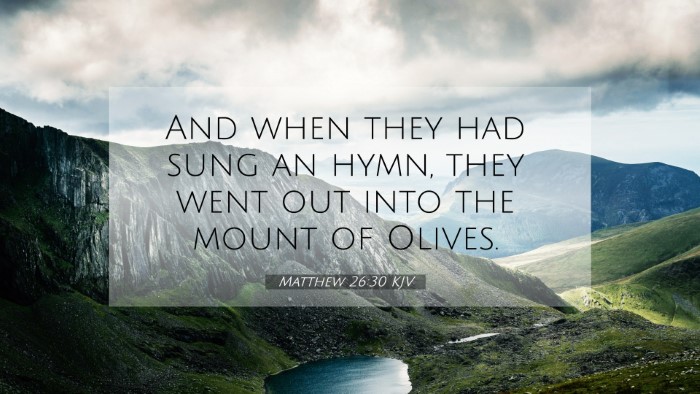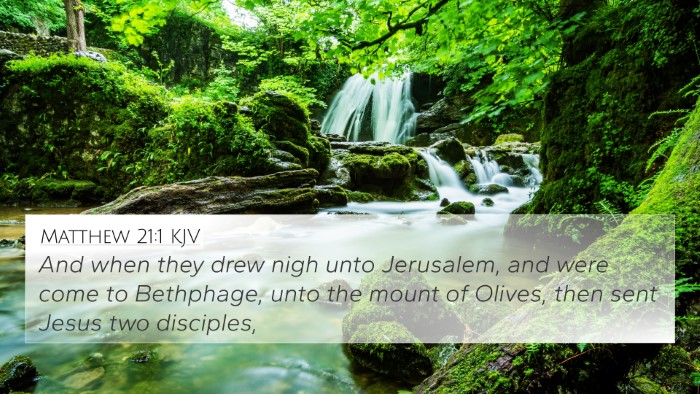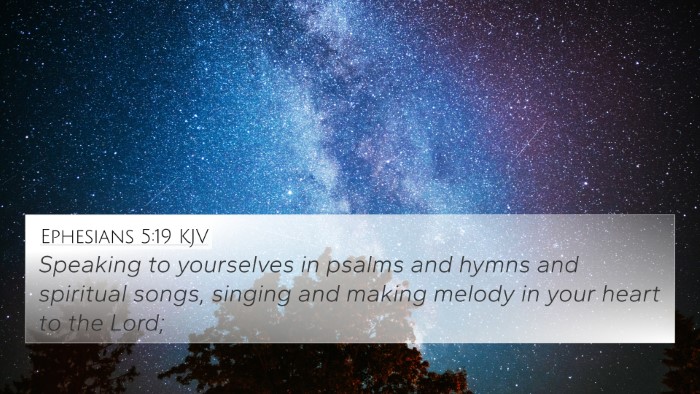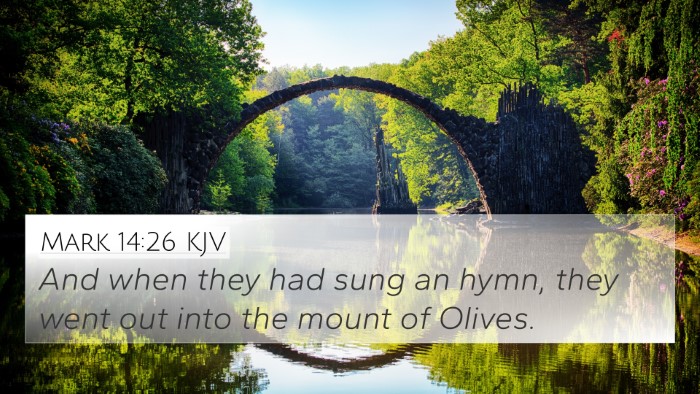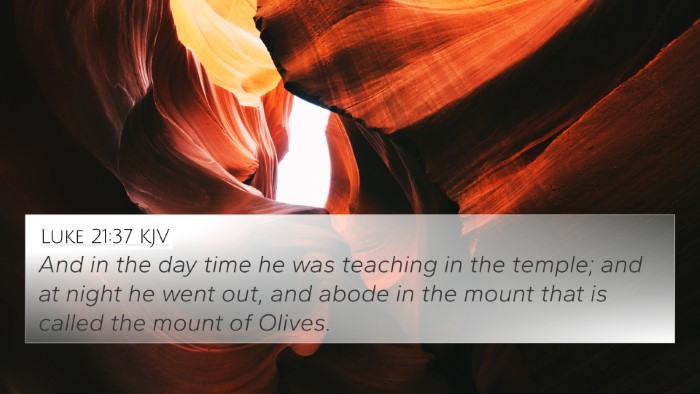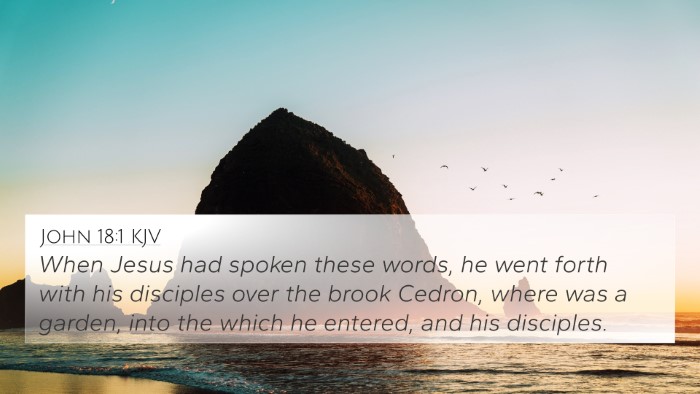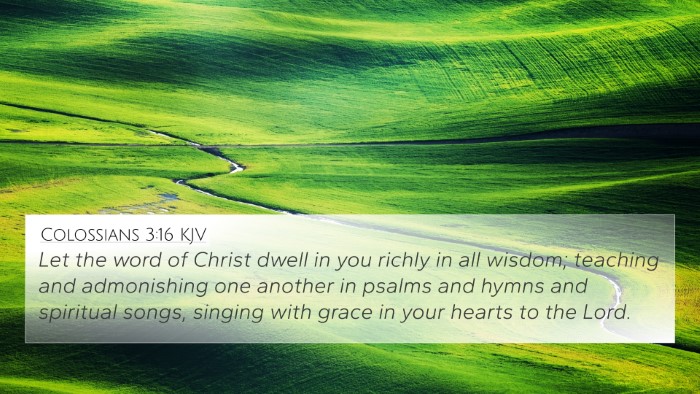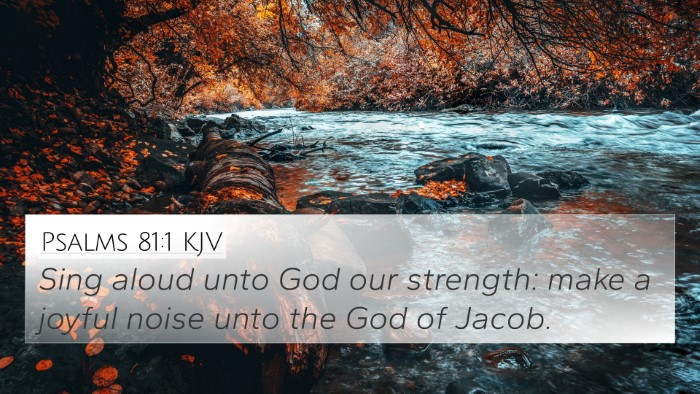Meaning of Matthew 26:30
Matthew 26:30 reads: “And when they had sung a hymn, they went out into the mount of Olives.” This verse is situated in the context of the Last Supper, where Jesus shared his final meal with his disciples before the crucifixion. The act of singing a hymn carries deep significance and reflects both tradition and the emotional state of Jesus and his disciples at this critical moment.
Contextual Understanding
According to Matthew Henry, this moment signifies the culmination of Jesus' ministry, marked by an expression of praise through song. The hymn likely refers to the Jewish custom of singing the Hallel psalms, specifically Psalms 113-118, during Passover. This tradition illustrates the continuity of worship and the fulfillment of the Passover lamb's symbolism, as Jesus prepares to transition into the role of the ultimate sacrificial lamb.
Adam Clarke emphasizes the emotional weight of this moment, noting that apart from the burden of impending suffering, the act of singing represents hope and communal solidarity among the disciples. They express their faith and trust in God even as they face uncertainty. The hymn serves as a reminder of God’s faithfulness, anchoring the disciples through forthcoming trials and challenges.
Albert Barnes draws attention to the geographical note, “the mount of Olives.” This location is significant as it foreshadows the impending events of Gethsemane and Jesus’ subsequent arrest. The transition from the joyous act of singing to the somberness of the Mount of Olives depicts the duality of Christian experiences — the mixture of joy and sorrow, peace and turmoil.
Spiritual Significance
This verse encapsulates themes of worship, communal memory, and transition. The act of singing a hymn reminds believers of the importance of worship in both joyous and challenging times. Here are several key spiritual insights:
- Worship as Strength: Engaging in song can serve as a source of strength in times of trial, providing comfort and courage.
- Community in Faith: The shared experience of singing underscores the importance of community in the faith journey.
- Transitioning Moments: Recognizing transition points in life, such as joyous celebrations followed by foreboding challenges, is crucial.
- Jesus as Fulfillment: Jesus fulfills the Passover meal’s significance through His act of communion and leads his followers toward understanding this new covenant.
Cross-References
Matthew 26:30 connects with several other passages in scripture that enhance its depth:
- Psalm 113:1-3 - The opening of the Hallel, expressing praise to God.
- Mark 14:26 - A parallel account, affirming the collective act of worship after the Last Supper.
- Luke 22:39 - Depicts the transition to the Mount of Olives, detailing the emotional and spiritual struggle of Jesus.
- John 14:27 - Jesus speaks of peace, reminding the disciples of His assurance amidst looming hardship.
- 1 Corinthians 11:25 - Paul’s teaching on the significance of the Last Supper, reinforcing the themes of covenant and community.
- Hebrews 13:15 - Encouragement to continually offer praise, akin to the hymn sung by Jesus and his disciples.
- Matthew 21:1-11 - Jesus’ triumphant entry into Jerusalem mirrors the thematic elements of celebration before trials.
Thematic Connections
This verse invites readers to explore broader thematic connections across the New Testament. The act of singing and worship has profound implications, echoing throughout scripture:
- The Magnificat (Luke 1:46-55) - Mary’s praise reflects the tradition of exalting God's faithfulness, linking to the same themes of worship.
- Acts 16:25 - Paul and Silas sing hymns in prison, illustrating the power of worship to transcend dire circumstances.
- Revelation 5:9-10 - The heavenly worship scene depicts continual praise, showcasing the eternal nature of worship.
Conclusion
In summary, Matthew 26:30 serves as a powerful testament to the importance of worship, community, and the fulfillment of God's promises through Jesus Christ. For those studying the Bible, understanding this verse within its broader context reveals rich themes that resonate throughout the scriptures.


